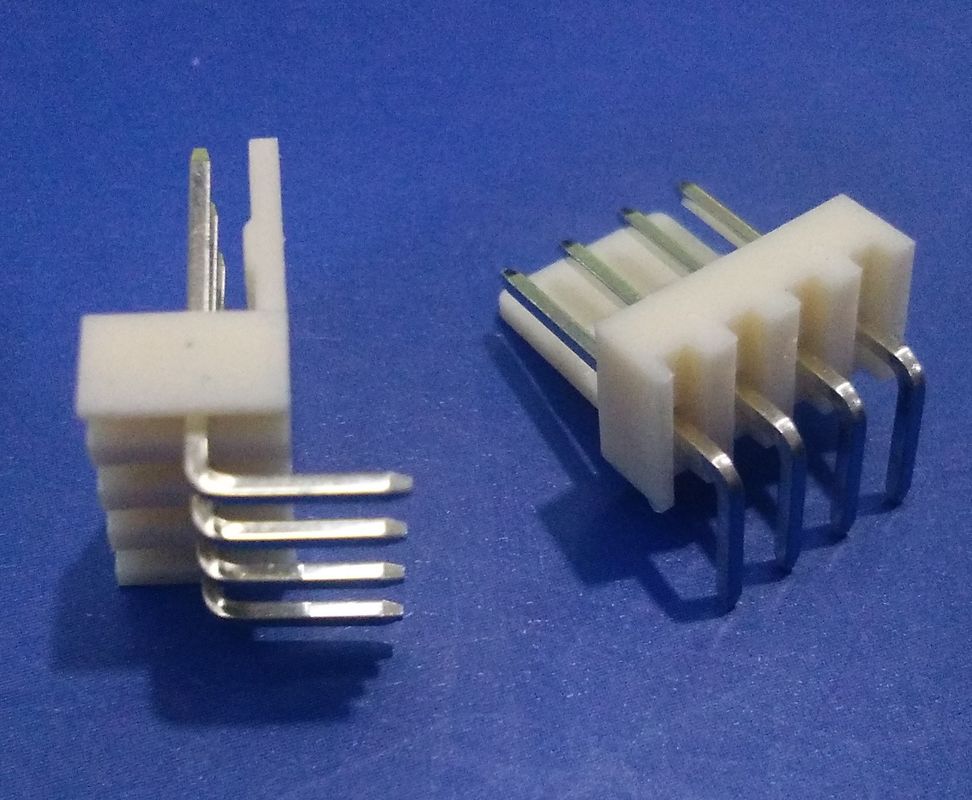Was working on this since a few weeks. Since it works, I'm gonna post that here.
One common issue I and a few other folks have is that while Apple Extended Keyboards are great (and still my favorite keyboard), they are kinda big for test benches or if your retro corner is small. That and we have too much dead AppleDesigns siting around
The following idea was reusing the keyboard controller from a dead AppleDesign into a custom new keyboard.
Please note that this is ISO only for now, but everything including PCBs will be put on GitHub for people to mess with !
I only tested with an ALPS ISO 341-0001 Controller. Others controllers will probably need a different PCB
- A dead AppleDesign keyboard
- 70 MX styled switches (5 pins recommended)
- 65% Apple styled keycap set
- custom PCB
- 2U keycap stabilizer
- some tools (a Dremel would help greatly)

• Cut every leg as close as possible to the PCB

• Convert plate from ANSI to ISO

• Remove batteries holder, USB receiver. Cut case for ADB cables and ADB socket

• Reassemble PCB / gasket / plate / switches (need to temporary remove the controller here)

• Route cables. You may want to use some glue on the panel here. This is to avoid yanking the cable out of the PCB

• Keycap time and it's done ! Please check if the ADB socket hole can accept actual connector, you may need to enlarge it somewhat

Build #1
- Case: Tester68 translucent black case
- PCB: Black, red LEDs
- Switches: AEBoard Naevies v2 (Alphas), Cherry MX Clear (Mods)
- Keycaps: Keychron ISO-FR ABS
Build #2
- Case: Tester86 translucent purple case
- PCB: Black, blue LEDs
- Switches: Cherry MX Black
- Keycaps: Keychron ISO-UK PBT Retro

Mandatory family pics (AEKII uncle for scale)

Everything is OpenSource and published on GitHub here
Gerbers files can be downloaded from here
On a side note, We know that there is at least 2 or 3 ISO AppleDesign variants, which may have different controllers (same with ANSI)
I'm trying to document which AppleDesigns are suitable for this project. Can some of you please check what's inside their keyboards ?
Thanks for the help
One common issue I and a few other folks have is that while Apple Extended Keyboards are great (and still my favorite keyboard), they are kinda big for test benches or if your retro corner is small. That and we have too much dead AppleDesigns siting around
The following idea was reusing the keyboard controller from a dead AppleDesign into a custom new keyboard.
Please note that this is ISO only for now, but everything including PCBs will be put on GitHub for people to mess with !
I only tested with an ALPS ISO 341-0001 Controller. Others controllers will probably need a different PCB
What's needed
- Tester68 keyboard from CIY- A dead AppleDesign keyboard
- 70 MX styled switches (5 pins recommended)
- 65% Apple styled keycap set
- custom PCB
- 2U keycap stabilizer
- some tools (a Dremel would help greatly)
Build log
• Solder everything on the back of the PCB. The controller needs to be socketed
• Cut every leg as close as possible to the PCB

• Convert plate from ANSI to ISO

• Remove batteries holder, USB receiver. Cut case for ADB cables and ADB socket

• Reassemble PCB / gasket / plate / switches (need to temporary remove the controller here)

• Route cables. You may want to use some glue on the panel here. This is to avoid yanking the cable out of the PCB

• Keycap time and it's done ! Please check if the ADB socket hole can accept actual connector, you may need to enlarge it somewhat

Builds
To give you some ideas, two keyboards are already build:Build #1
- Case: Tester68 translucent black case
- PCB: Black, red LEDs
- Switches: AEBoard Naevies v2 (Alphas), Cherry MX Clear (Mods)
- Keycaps: Keychron ISO-FR ABS
Build #2
- Case: Tester86 translucent purple case
- PCB: Black, blue LEDs
- Switches: Cherry MX Black
- Keycaps: Keychron ISO-UK PBT Retro

Mandatory family pics (AEKII uncle for scale)

Everything is OpenSource and published on GitHub here
Gerbers files can be downloaded from here
On a side note, We know that there is at least 2 or 3 ISO AppleDesign variants, which may have different controllers (same with ANSI)
I'm trying to document which AppleDesigns are suitable for this project. Can some of you please check what's inside their keyboards ?
Thanks for the help



